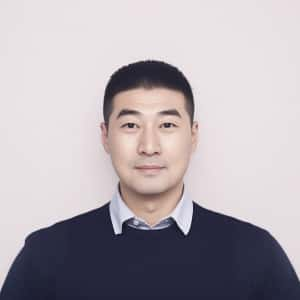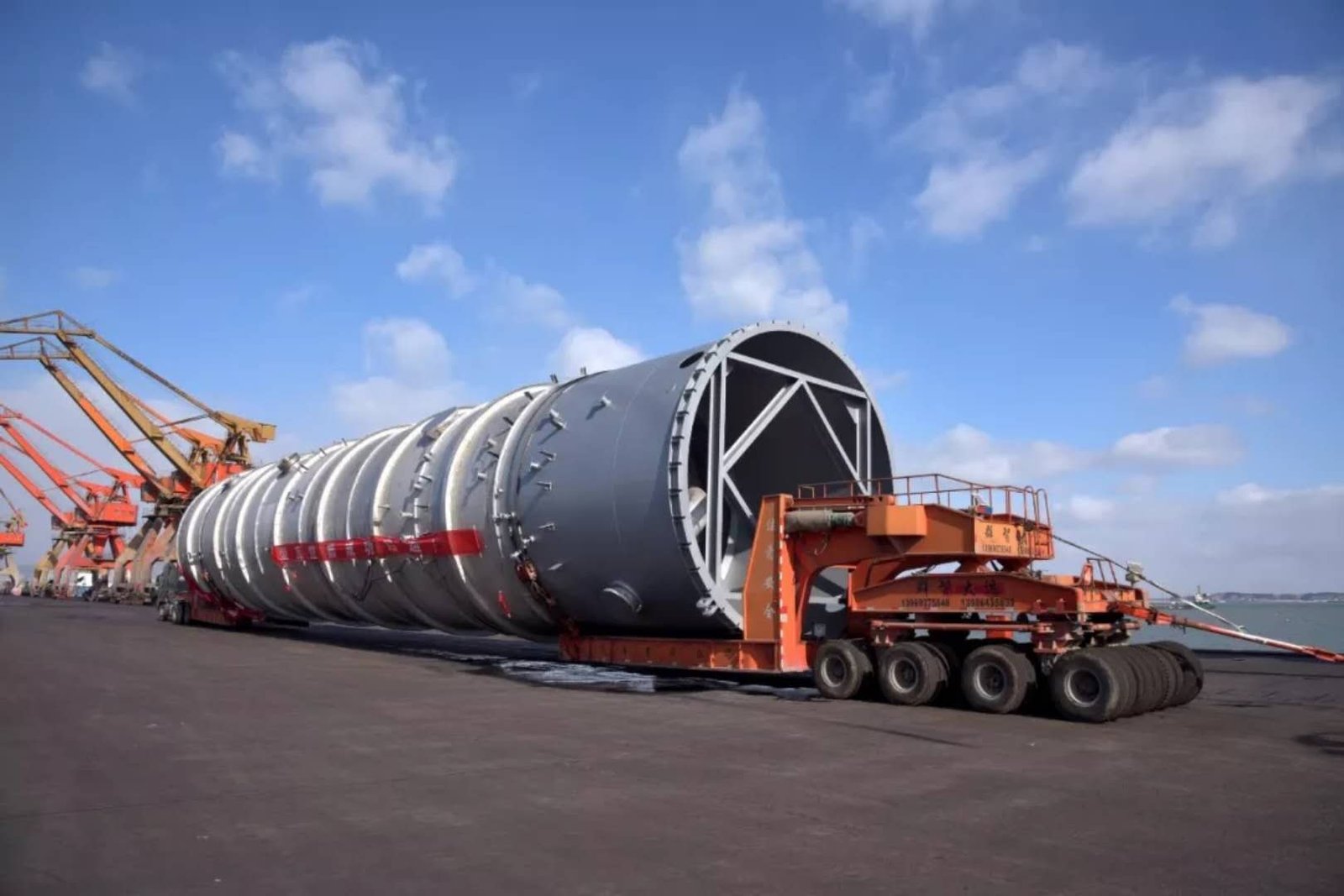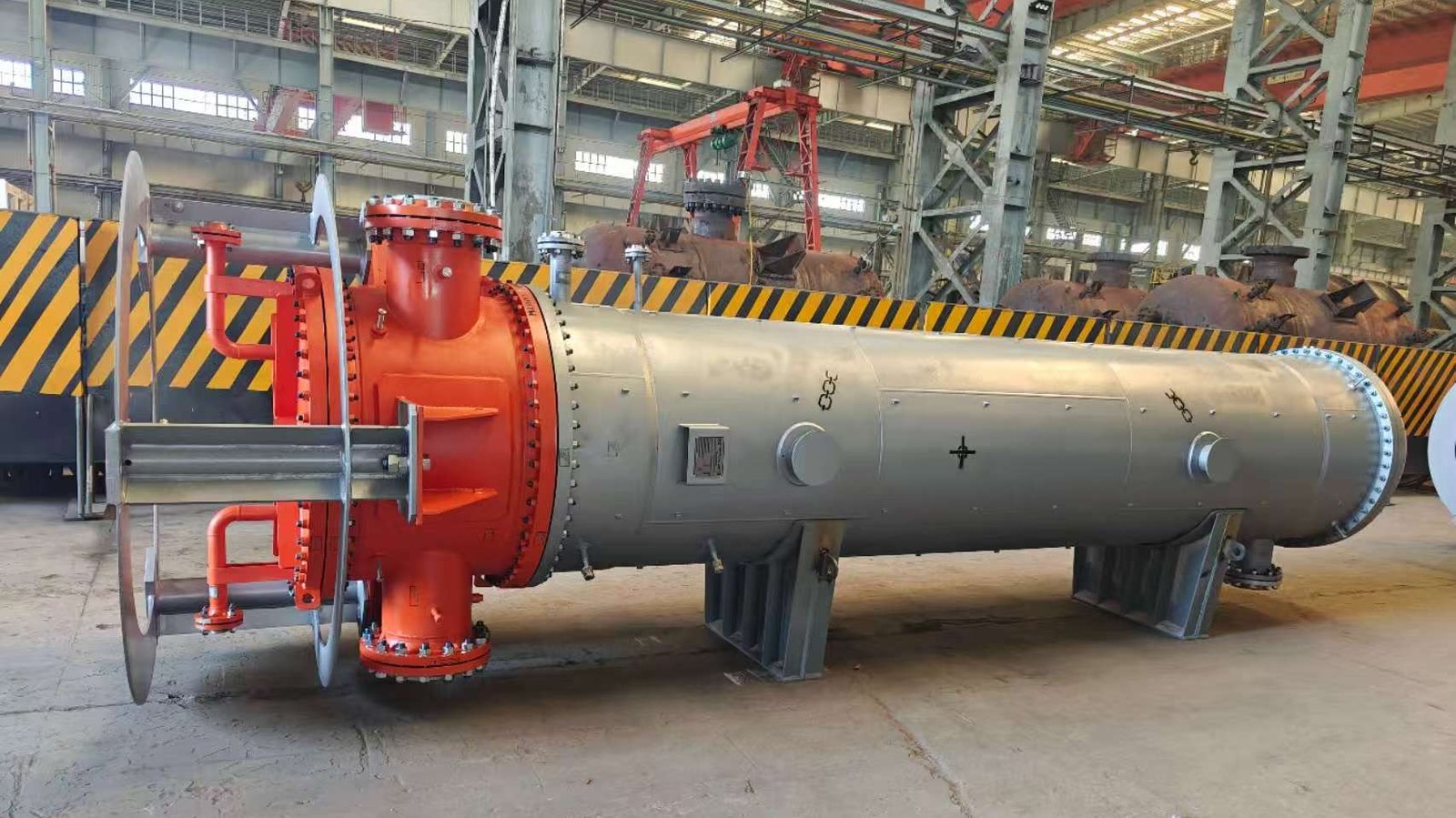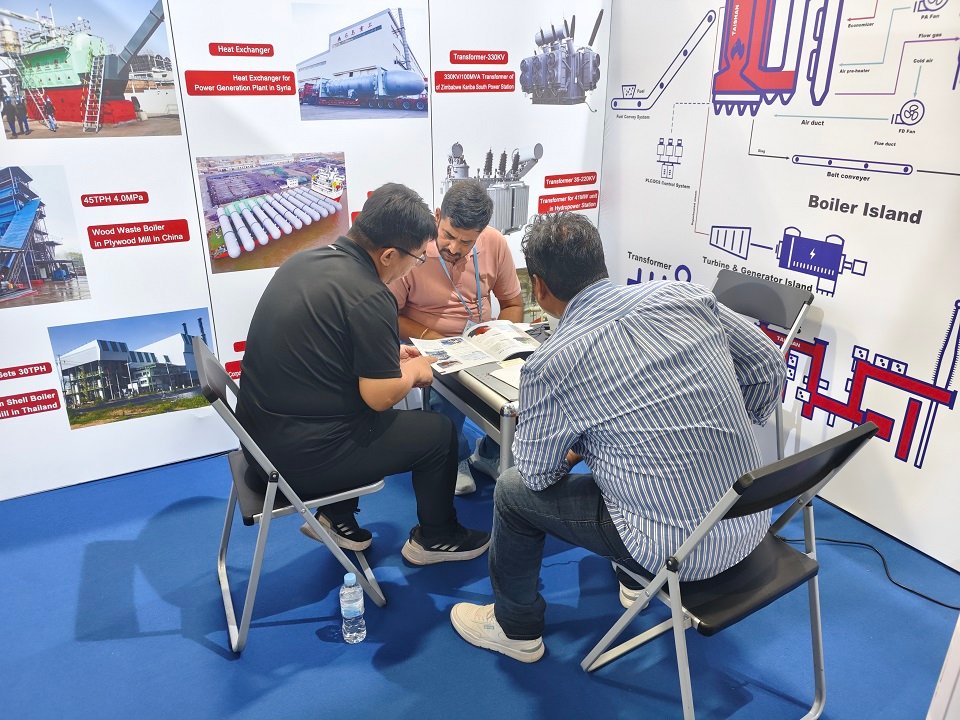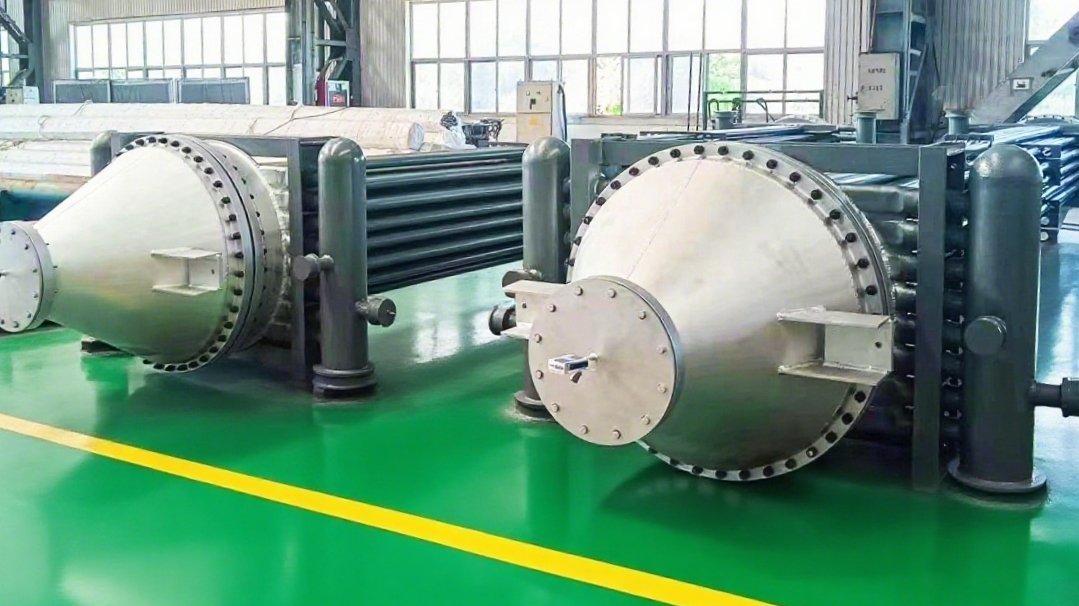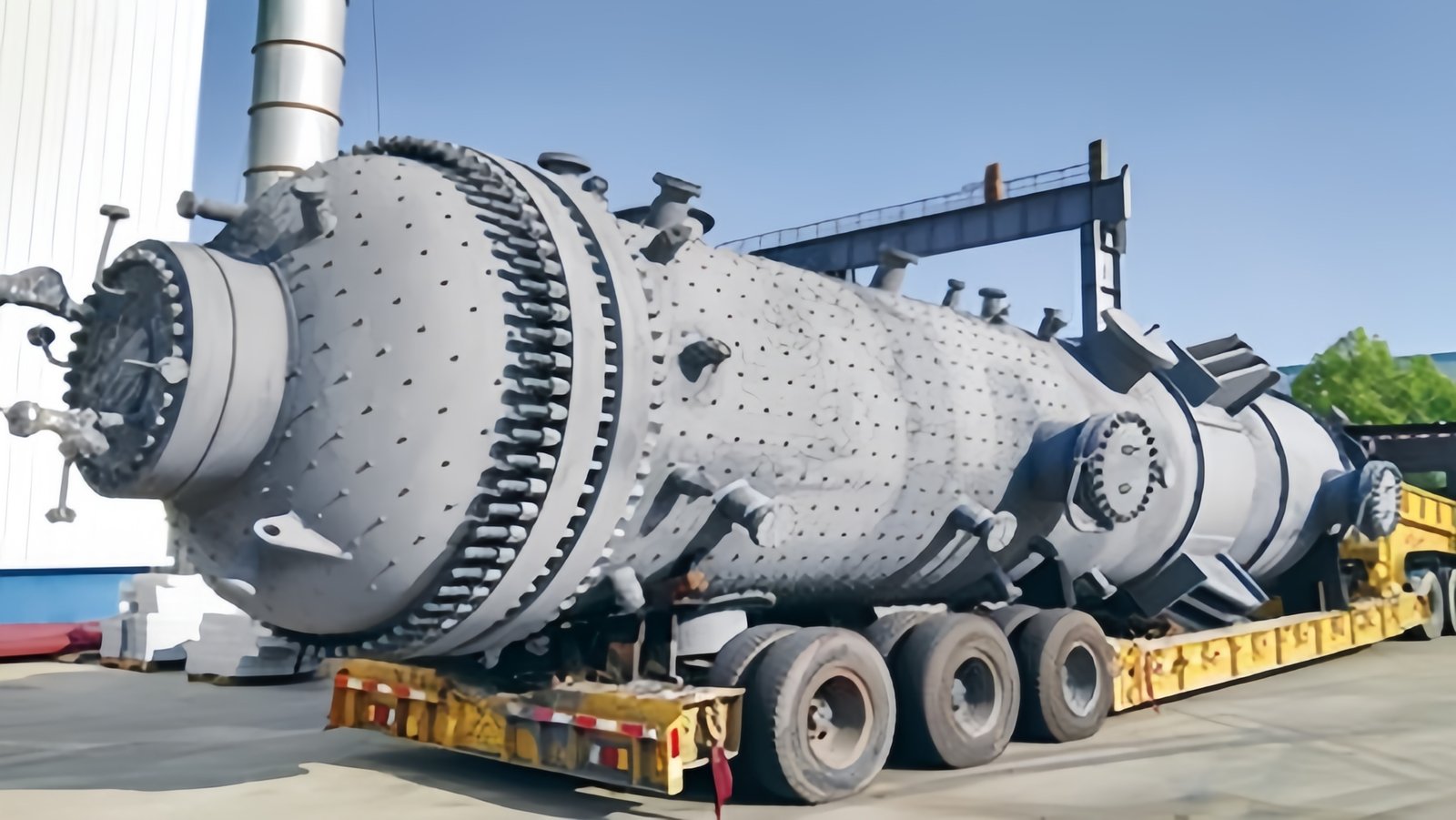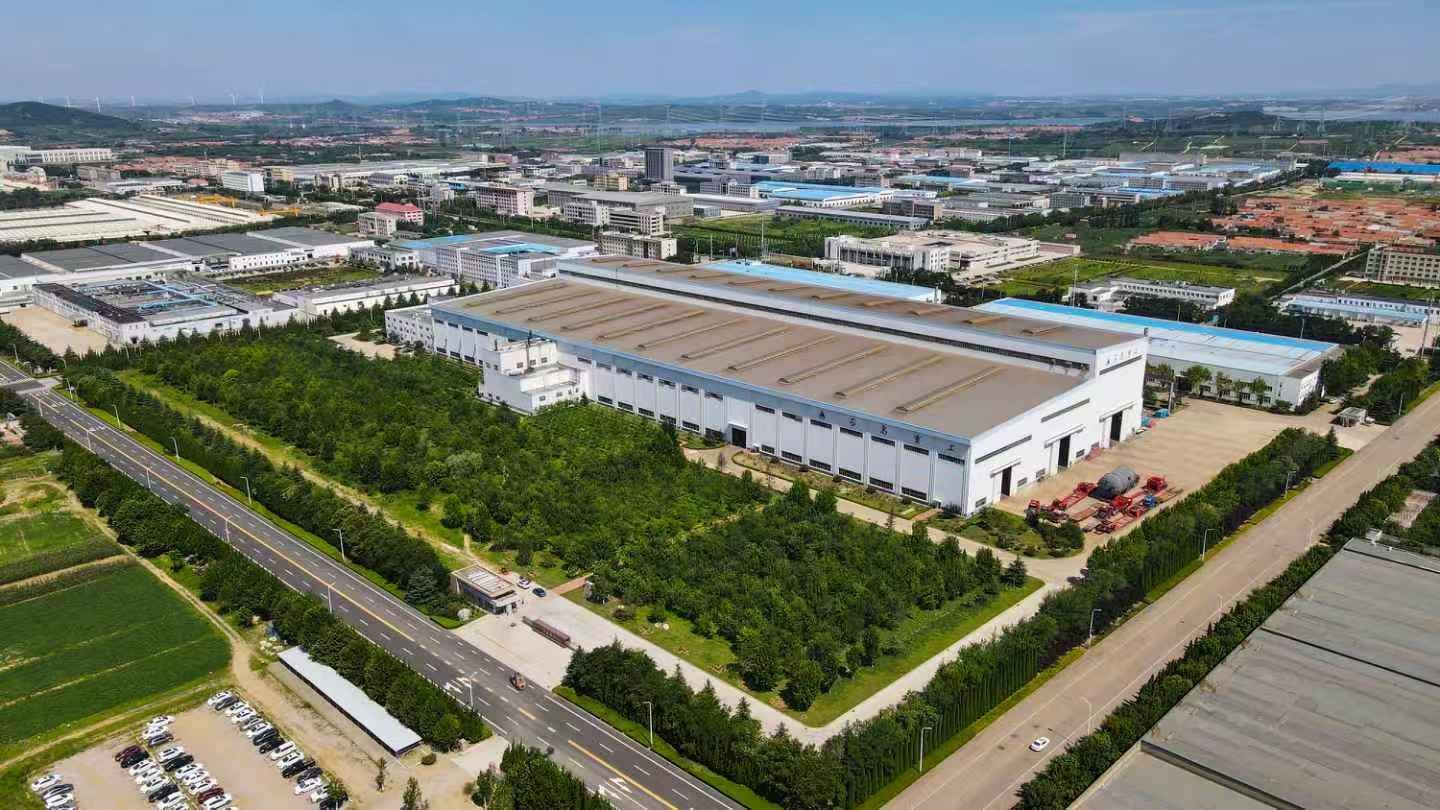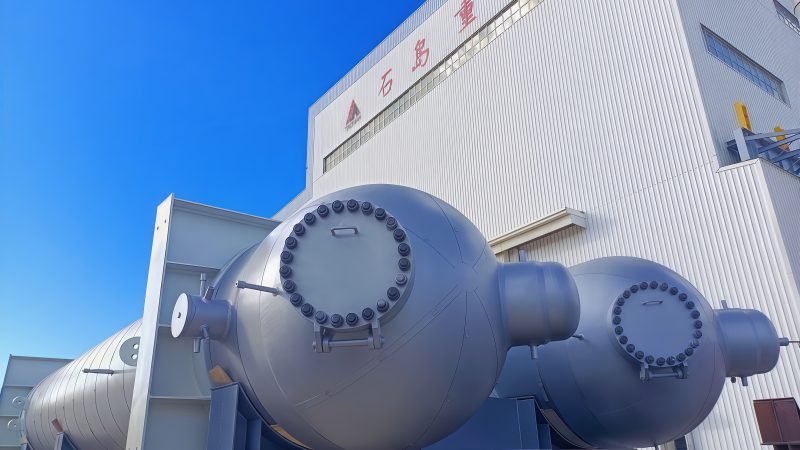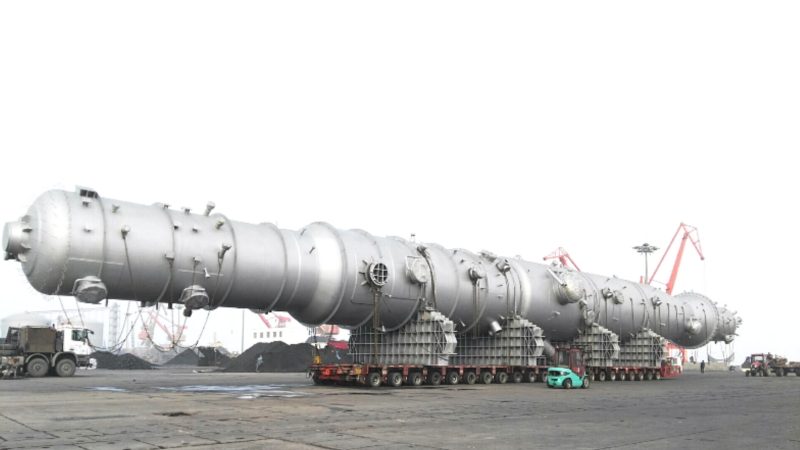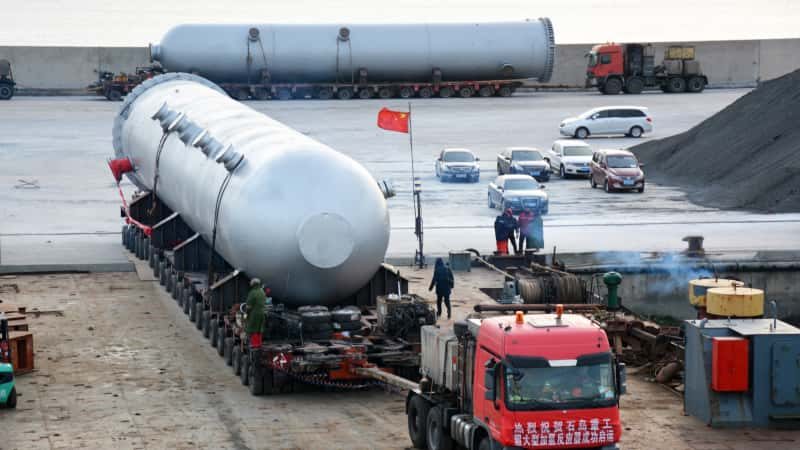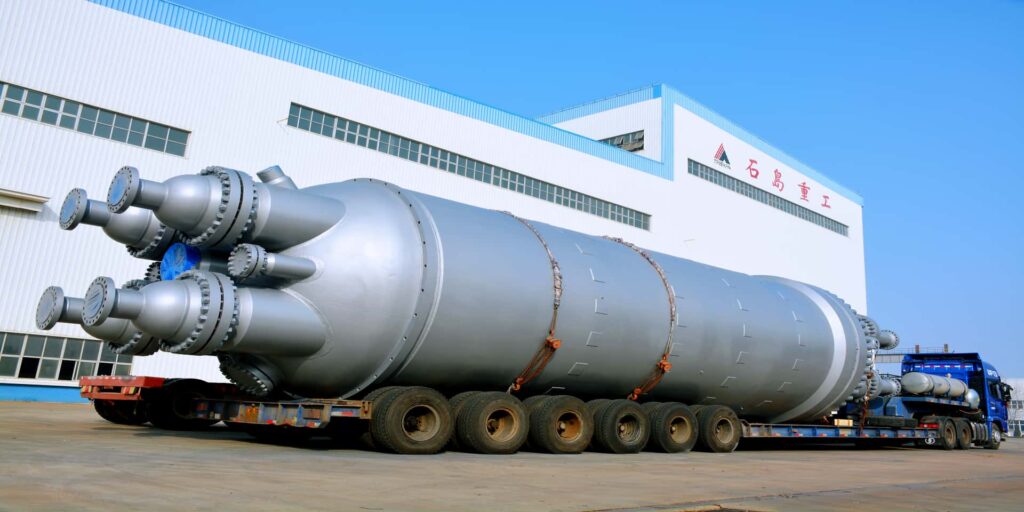
Let’s face it—engineering terms like “pressure vessel” can sound intimidating if you’re not a mechanical designer or process engineer. But the truth is, pressure vessels are all around us, from the propane tank behind your grill to the giant reactors in a power plant. If you’ve ever wondered what a pressure vessel is but didn’t want a textbook answer filled with formulas and jargon, you’re in the right place. This article gives you a “pressure vessel for dummies” explanation that’s simple, practical, and useful.
A pressure vessel is a strong container that holds gases or liquids at a pressure that’s either higher or lower than the normal air around us. Think of it like a super tough balloon that doesn’t pop under pressure—it safely stores energy-packed stuff like steam, air, or gas until you need it.
Whether you’re a curious student, a hands-on technician, or just someone trying to understand the equipment in your facility, keep reading to learn what pressure vessels are, why they matter, and how they’re used—all explained in plain English.
\
Pressure vessels are only used in big industrial factories.False
While common in industries, pressure vessels are also used in homes, hospitals, fire extinguishers, water heaters, and BBQ gas tanks.
The Basics: What’s a Pressure Vessel?
Think of a pressure vessel as a heavy-duty tank that holds stuff under pressure.
- It might hold steam in a boiler, air in a compressor tank, or propane in a BBQ cylinder.
- Some vessels even hold liquids under pressure, like the water in your home’s hot water heater.
Why “Pressure”?
Normally, we live under atmospheric pressure—about 14.7 pounds per square inch (psi). But pressure vessels hold contents at much higher or lower pressures than this. That’s what makes them special—and potentially dangerous if not handled correctly.
Real-World Examples
| Where You See It | What It Does |
|---|---|
| BBQ Propane Tank | Holds propane gas under pressure |
| Fire Extinguisher | Contains compressed CO₂ |
| Air Compressor Tank | Stores compressed air for tools |
| Water Heater | Keeps hot water pressurized in your home |
| Hospital Oxygen Cylinder | Supplies oxygen to patients |
\ Pressure vessels are only used for dangerous or toxic materials.False Pressure vessels are used for a wide range of safe and essential materials like air, water, and oxygen—not just hazardous chemicals.
What Makes a Pressure Vessel Special?
- Super Strong Walls: Unlike a plastic water bottle, a pressure vessel is made of thick steel or aluminum.
- Sealed Tight: No leaks allowed. These vessels are fully closed with valves and gaskets.
- Tested for Safety: Every pressure vessel is tested to make sure it can handle pressure without exploding.
- Designed to Standards: In most countries, vessels follow rules like ASME (USA) or PED (Europe).
The Main Parts (Explained Simply)
| Part | What It Does |
|---|---|
| Shell | The main body—it holds the stuff under pressure |
| Head | The rounded end—stronger shape to handle pressure |
| Nozzle | Where pipes connect to bring stuff in or out |
| Gauge | A dial that tells you how much pressure is inside |
| Relief Valve | Like a safety cap—it opens if pressure gets too high |
How It Works: Step-by-Step
Let’s use a compressed air tank as an easy example:
- A compressor pushes air into the tank.
- As more air is squeezed in, the pressure builds.
- The tank stores the air until it’s needed (e.g., to power a tool).
- When the tool is used, air flows out through a valve.
- If pressure gets too high, the relief valve opens to keep things safe.
Illustration: Pressure Vessel in Action
| Step | Action |
|---|---|
| 1 | Fill with air/gas/liquid |
| 2 | Monitor pressure on the gauge |
| 3 | Use the stored pressure (steam, gas) |
| 4 | If it gets too full—relief valve pops |
Why Are Pressure Vessels Important?
- They store energy: Pressurized air or steam can do work (like turning a turbine or powering a drill).
- They make things efficient: Steam systems, chemical reactions, and air tools all rely on pressurized vessels.
- They keep things safe: Designed properly, pressure vessels prevent blowouts, leaks, and explosions.
\ Pressure vessels explode easily if used normally.False Properly designed and tested pressure vessels are very safe and rarely fail when used correctly. Most failures are due to misuse or neglect.
How to Stay Safe Using One
- Always check the pressure gauge before use.
- Don’t let the pressure go above the rated limit (called MAWP).
- Make sure the relief valve works.
- Inspect regularly—look for dents, rust, or leaks.
- Don’t tamper with safety valves or gauges.
Pressure Comparison Chart (Just for Perspective)
| Item | Typical Pressure |
|---|---|
| Car Tire | 30–35 psi |
| Home Water Heater | 50–80 psi |
| Air Compressor Tank | 125 psi |
| Fire Extinguisher | 200–300 psi |
| SCUBA Tank | 3,000 psi |
| Industrial Steam Boiler | 1,000–3,000 psi |
Summary
A pressure vessel is just a tough container that holds stuff under pressure—like air, water, gas, or steam. It’s found in homes, factories, hospitals, and even fire trucks. While they can be dangerous if mishandled, when used correctly, they’re incredibly useful and safe.
Remember:
Boilers make steam → Compressors pressurize air → Pressure vessels hold it all safely.
Want Help Choosing or Understanding Pressure Vessels?
We build and supply safe, certified pressure vessels for beginners and pros alike. Whether you’re managing a facility or learning for the first time, contact us today to get expert help, simple guidance, and code-compliant pressure solutions that make sense.


